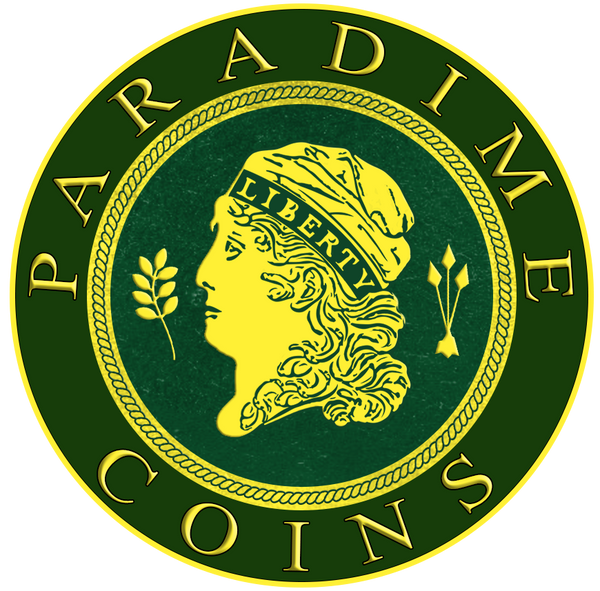1793 1C Chain, Periods, BN
Share

The 1793 1C Chain, Periods, BN (Regular Strike) is an iconic coin in American numismatic history, widely recognized for its historical significance and distinctive design. This coin represents the first mass-produced circulating coinage by the United States Mint, making it a cornerstone for collectors interested in early American coinage. Here's an in-depth look into its history, rarity, mintage, and value including past sales.
Historical Context and Design : The 1793 Chain cent holds a special place in U.S. minting history as it was the first official cent ever produced by the newly established Philadelphia Mint. Designed by Henry Voigt, the obverse of the coin features a portrait of Liberty with flowing hair, while the reverse showcases a chain of 15 interlocking links, representing the unity of the 15 states at the time. However, the Chain design, including the "AMERICA" with periods after each letter, received criticism as some interpreted the chain as a symbol of slavery rather than unity. Due to this misunderstanding, the design was quickly replaced by the Wreath Cent, limiting the mintage and increasing its rarity.
Mintage and Rarity : The 1793 Chain, Periods, BN has a low mintage of approximately 36,103 pieces, and many were quickly worn out or lost given the rudimentary techniques and materials used during this early minting period. The rarity of this cent, combined with its historical importance, has made it highly desirable among collectors. According to PCGS CoinFacts, the 1793 1C Chain, Periods, BN has a PCGS number of 91341, and pieces in high-grade condition are extremely rare. Many existing examples show significant wear, as expected, given their age and circulation.
Value and Sales Records : The value of the 1793 Chain cent varies greatly depending on its condition and market demand. Historically, these coins have fetched impressive sums at auction. For example, specimens with less wear, a strong strike, and clear details have sold for hundreds of thousands of dollars. Even in lower grades, such as G4 or VG8, these coins can command prices in the tens of thousands due to their scarcity and historical value. A notable sale includes a higher-grade example that sold for over $500,000, highlighting the intensity of demand for this early American numismatic artifact. Auction houses often feature these coins prominently due to their rarity and historical significance.
Numismatist Point of View : From a numismatist's perspective, the 1793 Chain, Periods, BN offers insight into the infancy of the U.S. Mint and the challenges faced during the American colonial era in establishing a national currency. Its rushed design change underscores the political sensitivity of symbols used on coinage, reflecting broader societal attitudes of the time. Additionally, collecting Chain cents provides a tangible connection to the early days of American independence, crystallizing an era where the burgeoning nation sought to solidify its identity and economic system through unified coinage. These coins are not merely collectibles; they are artifacts of American resilience and unity.
Conclusion : Overall, the 1793 1C Chain, Periods, BN is a treasured item among numismatists, encapsulating both the historical narrative of the early United States and serving as a reminder of the evolving symbolism within American iconography. Its rarity, historical context, and evolving values make it a centerpiece of any colonial and early American coin collection.





